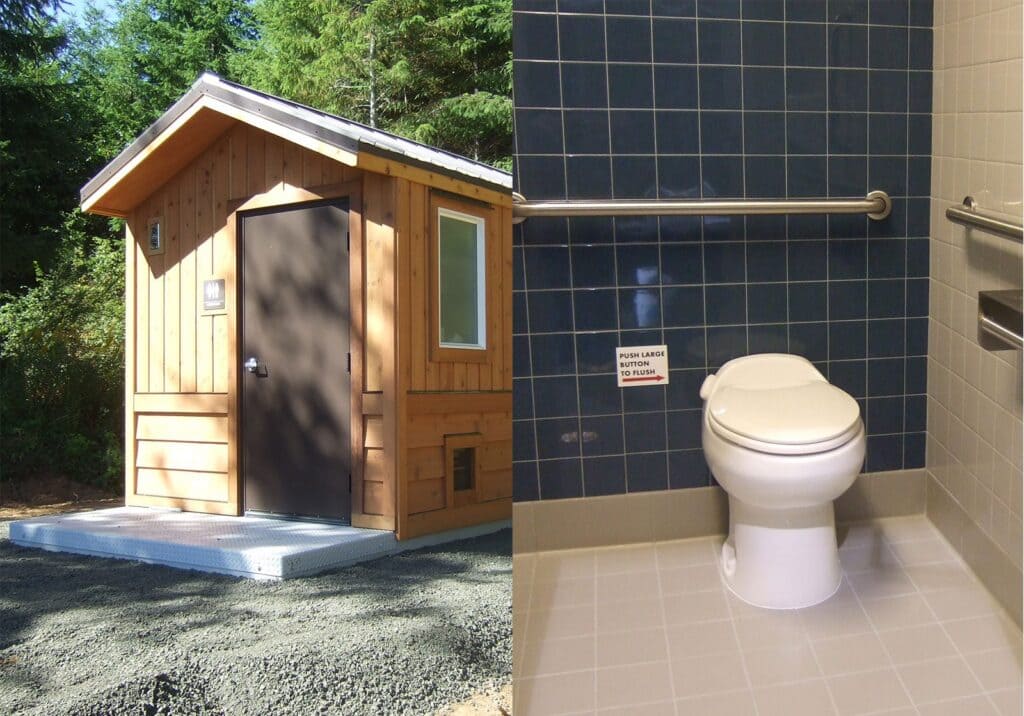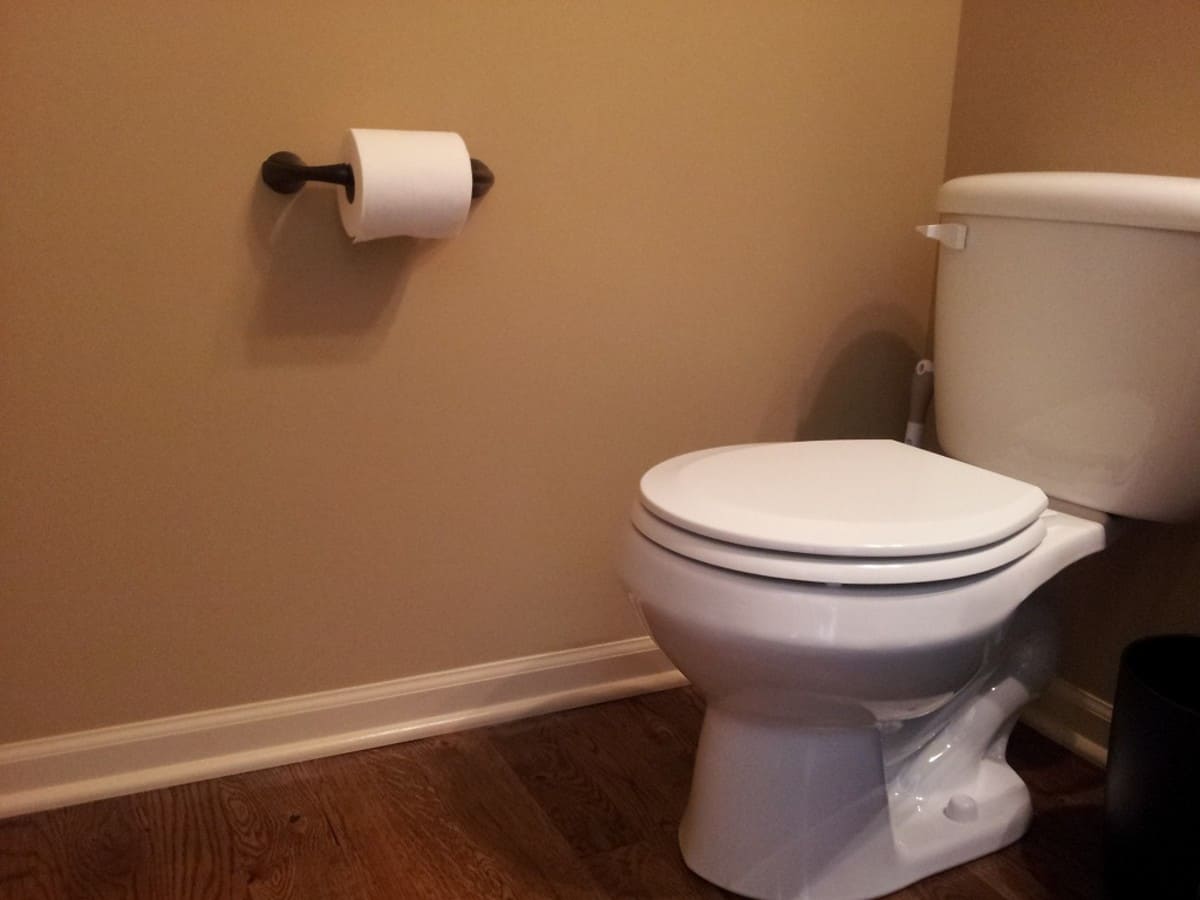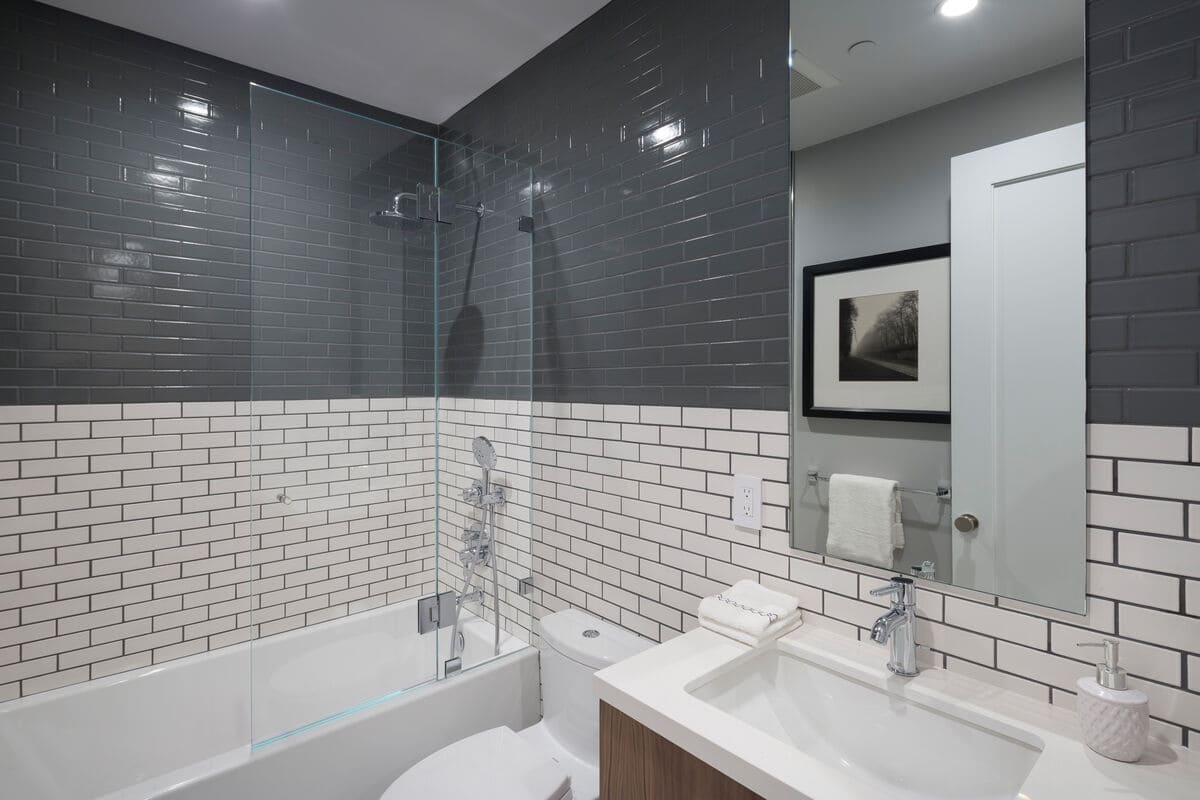Introduction
Vault toilets, often overlooked yet essential facilities, play a crucial role in providing sanitation solutions in various settings, from campgrounds to remote outdoor locations. In this comprehensive guide, we delve deep into the intricacies of vault toilets, exploring their functionality, benefits, maintenance, and environmental impact.
Understanding Vault Toilets
Vault toilets, also known as pit toilets or dry toilets, are simple yet effective structures designed to collect and contain human waste in an underground chamber, known as a vault. Unlike traditional flush toilets connected to sewage systems, vault toilets operate without water or plumbing infrastructure, making them suitable for remote areas where such amenities are unavailable.
Components of a Vault Toilet
Superstructure
The superstructure of a vault toilet comprises the visible components above ground, including walls, roof, door, and ventilation system. These elements provide privacy, protection from the elements, and proper airflow to minimize odors.
Vault Chamber
The vault chamber, typically made of durable materials such as concrete or fiberglass, serves as the repository for human waste. It is designed to contain waste safely until it can be professionally pumped out and disposed of properly.
Ventilation System
A crucial component of vault toilets, the ventilation system helps maintain airflow within the structure, preventing the buildup of unpleasant odors and promoting a more hygienic environment for users.
Benefits of Vault Toilets
Environmental Sustainability
Vault toilets offer significant environmental benefits compared to conventional flush toilets. By eliminating the need for water and sewage infrastructure, they help conserve water resources and reduce the strain on municipal wastewater treatment facilities. Additionally, the contained waste can be properly managed and disposed of in an environmentally responsible manner.
Cost-Effectiveness
In areas where installing traditional flush toilets is impractical or cost-prohibitive, vault toilets provide a cost-effective alternative. Their simple design and minimal maintenance requirements make them an economical choice for parks, recreational areas, and other outdoor settings.
Accessibility
Vault toilets are accessible to a wide range of users, including individuals with disabilities. Many vault toilet designs adhere to accessibility guidelines, ensuring that everyone, regardless of mobility limitations, can use these facilities safely and comfortably.
Maintaining Vault Toilets
Proper maintenance is essential to ensure the functionality and longevity of vault toilets. Regular inspection and cleaning help prevent odors, maintain hygiene standards, and prolong the lifespan of the infrastructure.
Cleaning Schedule
Vault toilets should be cleaned and serviced on a regular basis to remove waste buildup and maintain sanitary conditions. Depending on usage levels and environmental factors, cleaning intervals may vary, but a typical schedule involves periodic pumping of the vault and thorough cleaning of the superstructure.
Waste Disposal
Disposing of waste from vault toilets requires careful consideration to minimize environmental impact. Professional pumping services specialize in removing waste from vaults and transporting it to designated treatment or disposal facilities, adhering to strict regulatory standards.
Odor Control
Effective odor control is crucial to ensuring a positive user experience and minimizing complaints. Proper ventilation, use of odor-neutralizing agents, and routine maintenance of ventilation systems are essential components of odor control strategies for vault toilets.
Environmental Impact
Vault toilets offer significant environmental advantages over conventional flush toilets, particularly in remote or environmentally sensitive areas. By reducing water consumption, minimizing pollution from sewage treatment, and promoting responsible waste management practices, vault toilets contribute to environmental sustainability and conservation efforts.
Conclusion
In conclusion, vault toilets are invaluable assets that provide essential sanitation solutions in diverse environments. From their simple yet effective design to their environmental benefits and accessibility features, vault toilets offer a sustainable and cost-effective alternative to traditional flush toilets. By understanding their components, benefits, maintenance requirements, and environmental impact, we can appreciate the vital role that vault toilets play in promoting public health, environmental stewardship, and access to sanitation worldwide.




